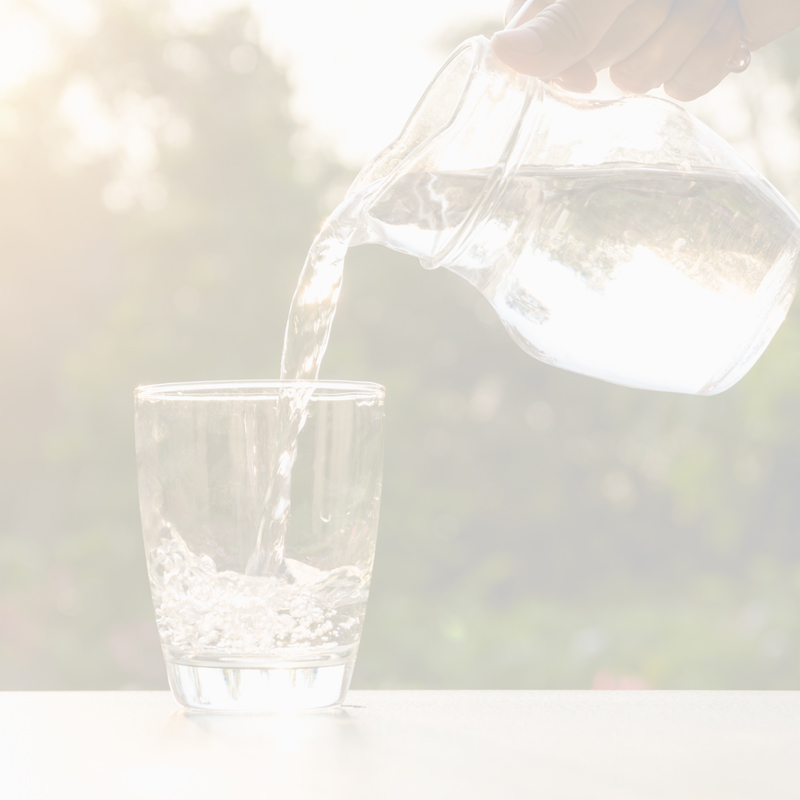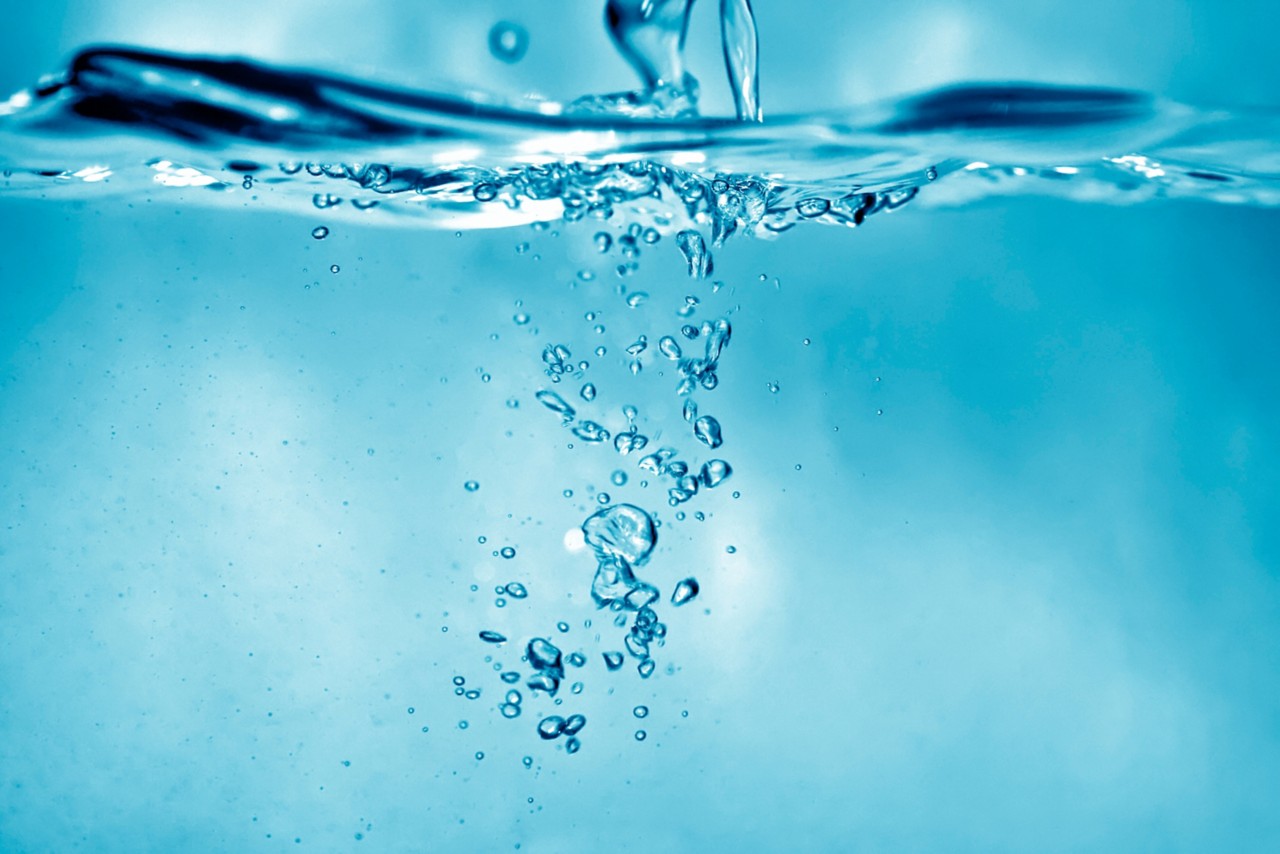What are Total dissolved solids (TDS), and what are they doing in your water? Are total dissolved solids good or bad?
Total dissolved solids (TDS) refers to inorganic and organic material present in water, such as minerals, metals and salts.. You can't see these with the naked eye. But these tiny particles can make water look cloudy or muddy and affect its taste and smell. In higher concentrations, dissolved solids can even build up in pipes and appliances, reducing their performance and increasing maintenance costs.
Where Do Total Dissolved Solids Come From?
Surprise, surprise — humans play a big role in the accumulation of TDS in drinking water. The following human activities can contribute to TDS in water:
- Agricultural runoff
- Industrial wastewater
- Plumbing pipes and hardware
- Road de-icing salts
- Sewage
- Stormwater
- Urban runoff
- Water treatment chemicals
That said, we're not the only reason. Some of the more natural ways TDS can enter drinking supplies include:
- Carbonate deposits
- Mineral springs
- Salt deposits
- Sea water intrusions
We are water Experts
Water quality is non-negotiable. To prove it, we've built state-of-the-art water quality labs and filled them with the best and brightest scientists — all so we can provide you with the best water of your life.

Are Total Dissolved Solids in Water Harmful?
Whether or not total dissolved solids are good or bad for you depends on the type and amount of materials suspended in the water.
Let's start with the positives. TDS can be a great source of minerals your body needs, such as:
- Copper
- Calcium
- Potassium
- Magnesium
- Sodium
- Chloride
These are all essential nutrients that can help improve your health and well-being when consumed in moderation.
What about the opposite side of things? Harmful substances that can be present in your water include:
- Arsenic
- Cadmium
- Nitrate
- Lead
- Bacteria
- Viruses
- Sulfates
What's in your water?
start here
Worried about your water? Take control with our at-home water test kit. We'll analyze your water and recommend the best filtration or softening solution for your specific needs.
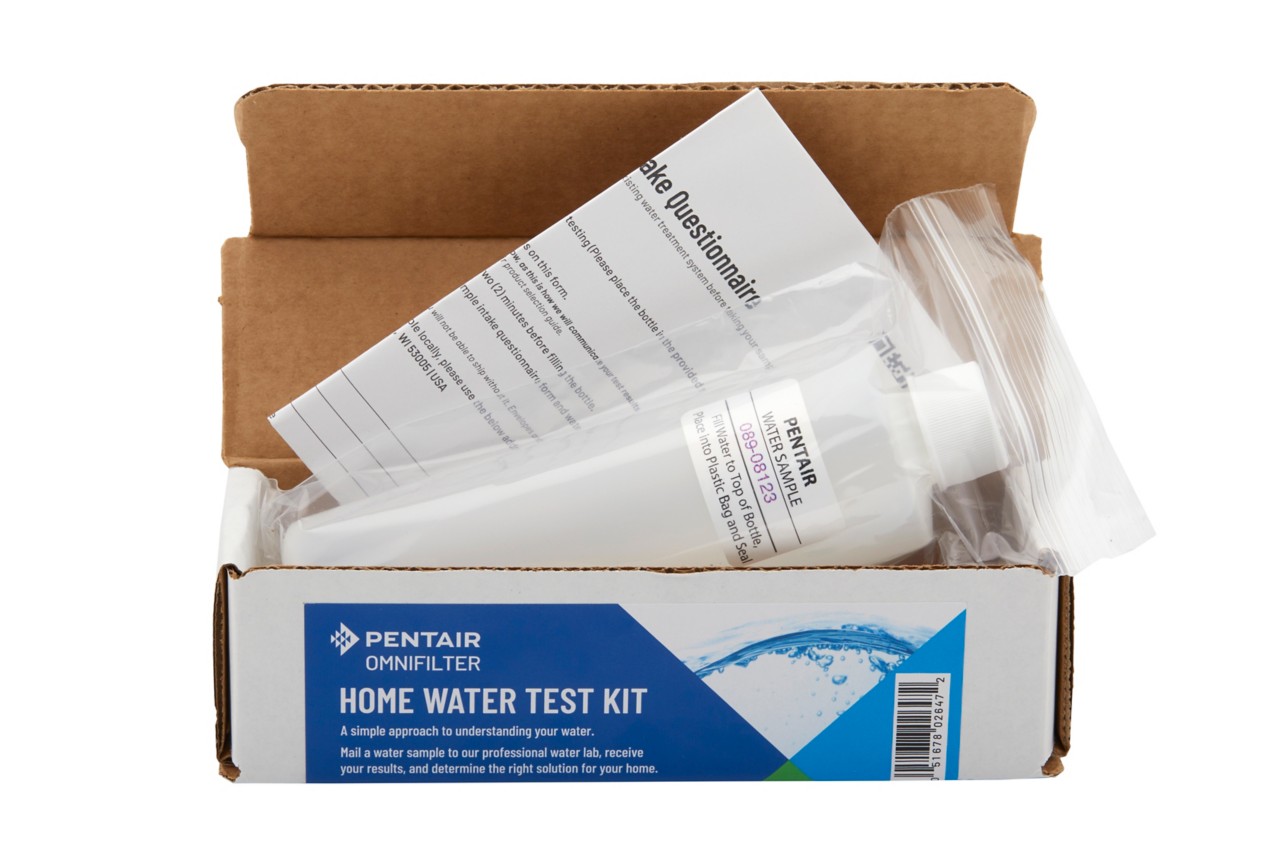
How to Test and Measure Total Dissolved Solids in Water
Wondering how to measure total dissolved solids in water? A TDS test measures the amount of dissolved ions suspended in water. It's used as a general indicator of water quality.
A water test can help you determine the amount of TDS present in your water. Total dissolved solids are measured by milligrams per liter:
For reference, the EPA considers TDS levels of 500 milligrams per liter safe. TDS levels higher than 1,200 mg/L are not fit for human consumption.
Most municipalities and water authorities regulate TDS levels. However, they are considered a secondary drinking water standard. This means it's not mandatory for water authorities and local municipalities to regulate them. For this reason, you may want to check them yourself every so often.

Water 101
Unleash the secrets of your H2O! Explore where water originates and discover the various water filtration solutions that transform it into drinkable water.
Effects of Total Dissolved Solids
The good news? Elevated levels of TDS probably won't cause you physical harm. But, they can give water a bitter, salty, or brackish taste.
On the opposite side of the spectrum, water with low levels of total dissolved solids can leave your water tasting flat. For the best tasting drinking water, moderate amounts of TDS is the winning combo.
What about the rest of your life? Calcium and magnesium, two minerals commonly found in TDS, can cause water hardness, scale formation, and staining. Dishes and clothes never seem to get clean. And your skin feels filmy after a shower.
The big surprise? Water lacking in TDS is more corrosive. Water loves collecting minerals, so when it doesn't have any, it can leach harmful metals such as lead or copper from plumbing pipes and hardware. Again, a happy mix of TDS is the right way to go.
Related Articles
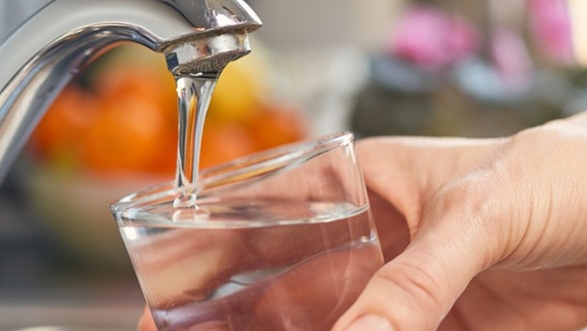
7 Signs Your Need a New Water Softener or Filter
In an ideal world, every glass of water you pour…

Benefits of Using a Water Treatment Service for Your Home
The journey from “hmm, my water tastes weird to complete…
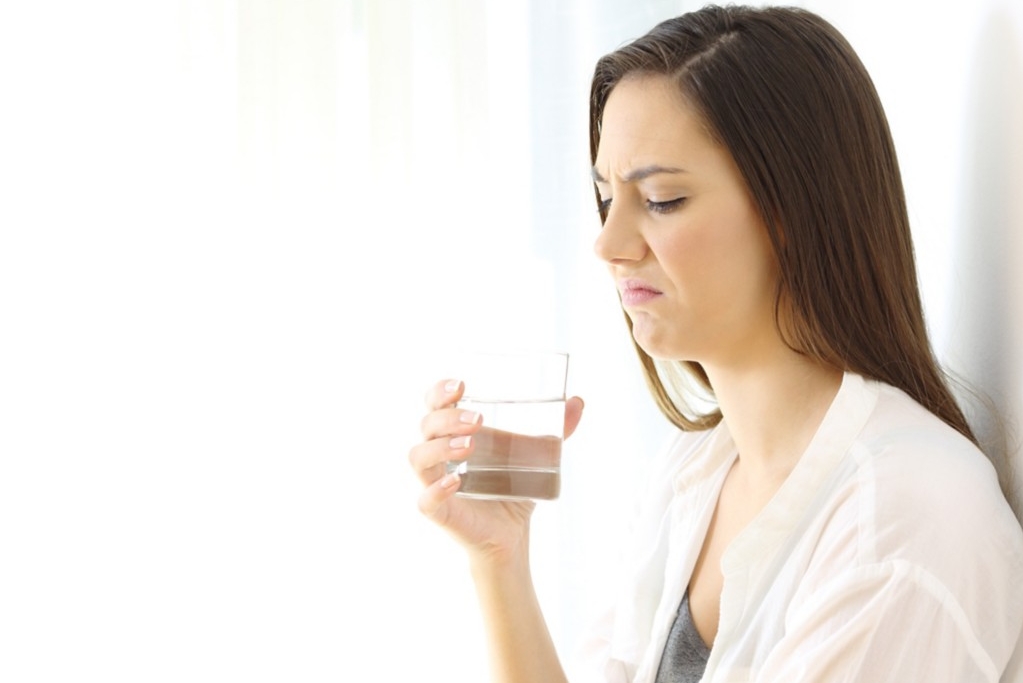
Water: Help! My Water Tastes Bad
You turn on the shower and within seconds, your…
Disclaimer: The information on this website has not been reviewed by the FDA. Products offered for sale herein are not intended to treat, cure or prevent any disease or health condition. No medical claims are being made or implied. Contaminants mentioned are not necessarily in your water.

